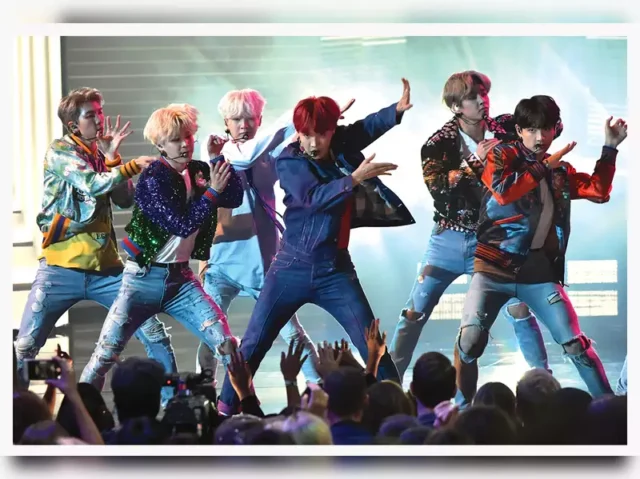No, you’re not seeing things – South Korean culture pervades GenZ, and it can be seen in everything from their entertainment choices to their wardrobe. But why are teenagers now infatuated with this little Far Eastern country? What is it in their apparel and skincare that makes it so popular from Bangalore to Bilaspur? Let’s try to figure out what’s going on here and what we can learn from it.
It all started in the 1990s with strategic government efforts supported by the South Korean government. The goal was to help the creative industries create a regional and worldwide presence as a soft power to compete with the Japanese and British. This initiative resulted in the coining of the word “Hallyu,” which loosely translates to “Korean Wave.”
This trend originated in Asia with K-dramas and K-pop, and has now evolved into street style-inspired apparel and distinctive skincare. The growing use of YouTube and other social media among teenagers made the wave much simpler to spread – all that was required was an internet connection. Now that South Korean culture is so prevalent, it’s nearly a part of every teen’s everyday existence, from Netflix’s suggested series to the shelves of local cosmetics stores stocked with snail mucus face masks.
South Korean culture is quite similar to Indian culture, particularly in terms of behaviour, etiquette, and cuisine. This makes it much simpler for teenagers and Generation Z to comprehend and absorb culture, as well as its depiction in the media. As a result, terms like Eonnie, Oppa, Aigoo, Daebak, Kamsahamnida, Annyeonghaseyo, and Saranghae have become as famous as Hindi or English slang. All of this makes viewing K-dramas, which are known for their love storylines, family relationships, and drama, nearly as simple as watching the current Indian saas-bahu serial.
Not to add, the rise in popularity of K-pop acts such as BTS, BlackPink, and Twice has heightened interest in all things Korean. In fact, K-pop singers have such devoted followers that companies are even enlisting their help to market their wares. What a great example of combining culture and commerce! It’s no surprise, therefore, that young people are gravitating to the products promoted by their favorite celebrities and music artists.
Apart from entertainment, K-beauty is another large Korean export that teenagers and young adults seem to like — and it’s partly because they’ve seen the effects for themselves in the beautiful skin that many prominent Korean celebrities flaunt. South Koreans cherish healthy skin almost as much as they value cosmetics, so they put a lot of effort into developing products that help them attain that translucent appearance. This, understandably, has made an indelible imprint on the Indian youth.







